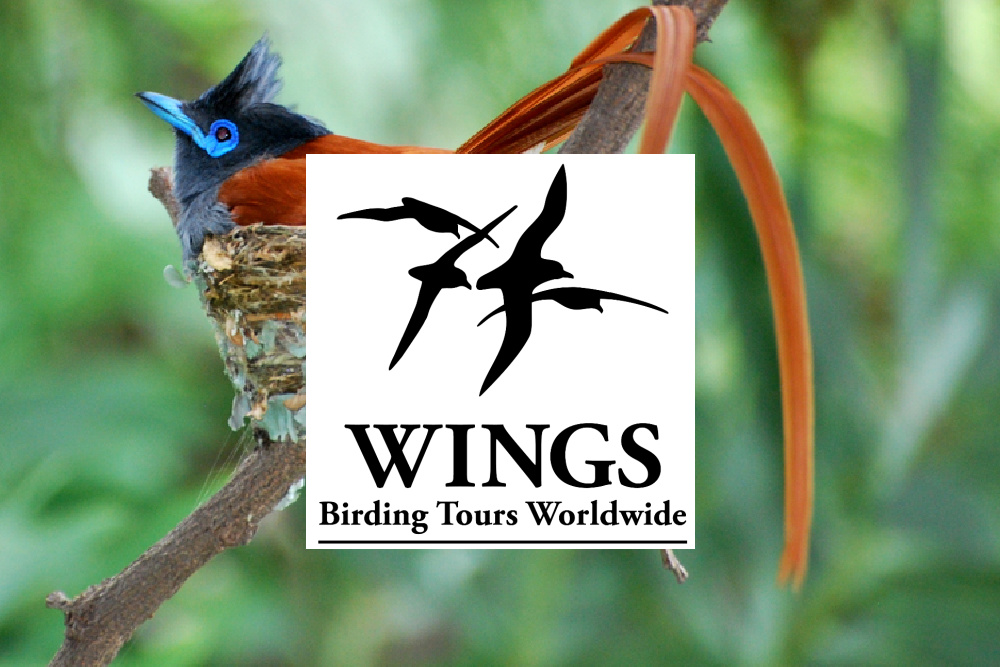Borneo: Sabah
Click link below to learn more:
Length of trip
Description
Borneo is quite rightly regarded as one of the great storehouses of our planet’s incredible biological diversity. Charles Darwin’s famous description, “one great, wild, untidy, luxuriant hothouse made by nature herself,” although often said incorrectly to have been inspired by Borneo, is, in fact, perfect for Borneo. Although much of the rich and verdant rainforest has been lost to palm oil plantations and timber companies, the Malaysian state of Sabah in the north harbors large remaining tracts of lowland and montane rainforest. The towering spinal mountain range dominated by Mount Kinabalu emanates from here, and teeming, complex rainforests fan out below to the lowlands and ultimately to the coast. The wildlife of this remarkable island is incomparable. With a host of enticing birds (including 48 endemics), a charismatic mammal fauna, many strange and unusual reptiles, and the world’s most diverse collection of carnivorous pitcher plants, it’s not surprising that naturalists are irresistibly drawn to the island.
We’ll visit the four major birding and wildlife sites: Mount Kinabalu, the Kinabatangan River, Tabin Wildlife Reserve, and Danum Valley. Mount Kinabalu is one of those truly memorable mountains that seem to burst from the ground. It dominates the west coast and is pivotal to the identity of the local people. The cool montane forests on the slopes of Kinabalu and the surrounding Crocker Ranges are home to most of Borneo’s endemic species. By contrast, the meandering passage of the lazy Kinabatangan River feeds the low-lying swamp forests that harbor rambunctious troops of the unlikely Proboscis Monkey, herds of gentle Bornean elephants, and a vast array of wonderful birds including eight species of hornbill and the strange Bornean Bristlehead. Our chances of seeing the amazing red ape—truly wild Bornean Orangutan—are high here. Next, we’ll travel to the lowland forest of Tabin Wildlife Reserve in the island’s east. One of the highlights of Tabin are the active and mineral-rich mud volcanoes, which attract wildlife for their mineral intake and present an ideal platform for wildlife observation and bird watching. To complete the picture, we’ll travel to the remote Danum Valley, one of the largest remaining stands of primary forest in Borneo, where luxuriant forests host a dazzling cast of pittas, babblers, trogons, barbets, broadbills, and many, many other fabulous birds and other animals.

